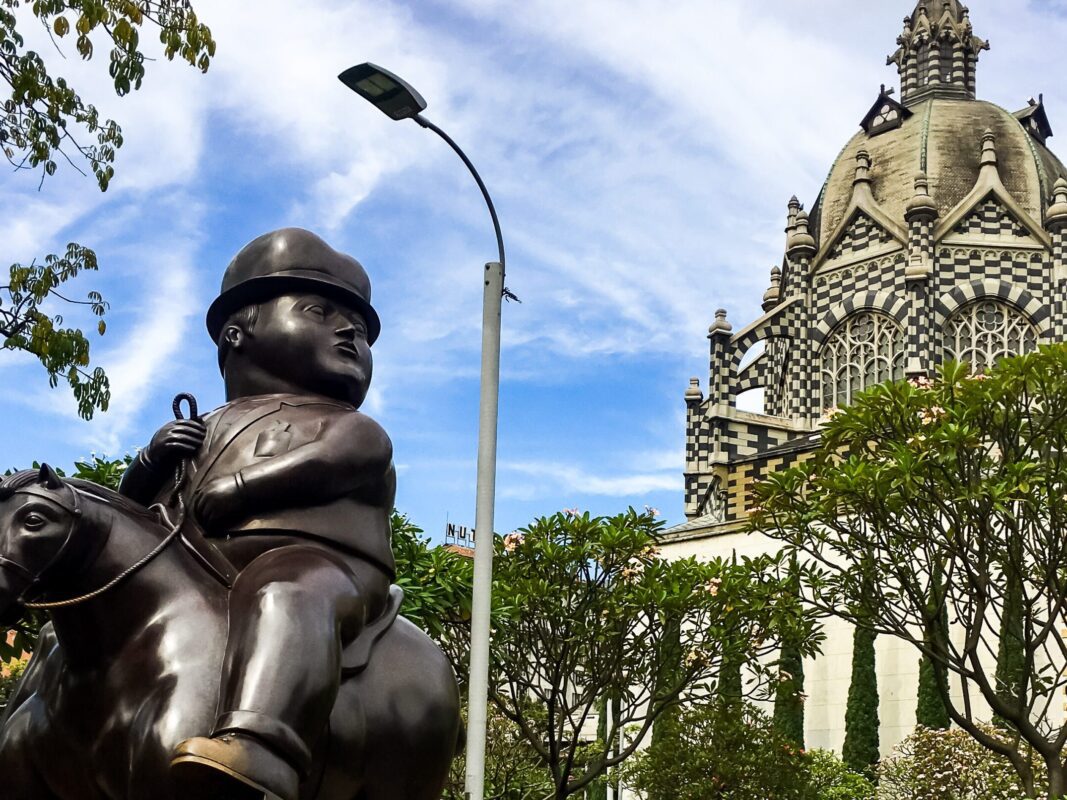Mention Colombia to anybody around my age and they’ll think of one thing: Pablo Escobar. Well, two things.
But a paisa isn’t going to be impressed that you think you know about Colombia because you finished a season of Narcos. I was told multiple times that tourism based on interest in Pablo Escobar is given the sideeye by many locals. Gauche. Insensitive. Glorification of a mass murderer. To feel the true essence of Pablo Escobar, you can join a paintball tour in his former mansion.
I stayed in a party hostel in El Poblado, a tree-filled neighborhood full of coffee shops and trendy bars, for me recalling a mix of the Hayes Valley and Mission Districts in SF. We went out at night, during the day wandering different parts of the city.

It was at the Museo Casa de la Memoria that I realized that the violence that Escobar embraced was just one destructive element in a country that had been plagued by violence by cartels, by political militias, by the government. It was sobering to realize that fighting had been going on continuously since it started decades ago. The exhibits were well-done, painting a sad but larger picture.
After a bit of confusion (our part) on the light rail, we embarked on the new Line H gondola to Villa Sierra. Its location in the eastern part of city resulted in the neighborhood being a center of narcotrafficking and violence of the past, similar to the touristic Comuna 13.

The mountainous geography that gives Medellín its famously temperate climate meant that barrios would sprout up disconnected from city services. Improved transportation like the Metrocable has helped foster the community’s development in more ways than one.
Being there for only a few days, I didn’t feel like I really had a grasp of what this city was about. Saddening strife, heartening renewal. Medellín is the city of eternal spring while Colombia is the birthplace of magical realism. I was surprised by what I found and perhaps that’s why I’m leaving with more questions.


Ask a question